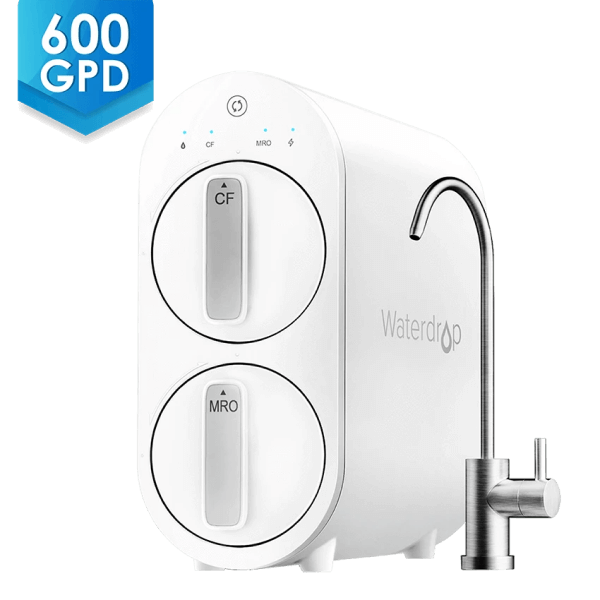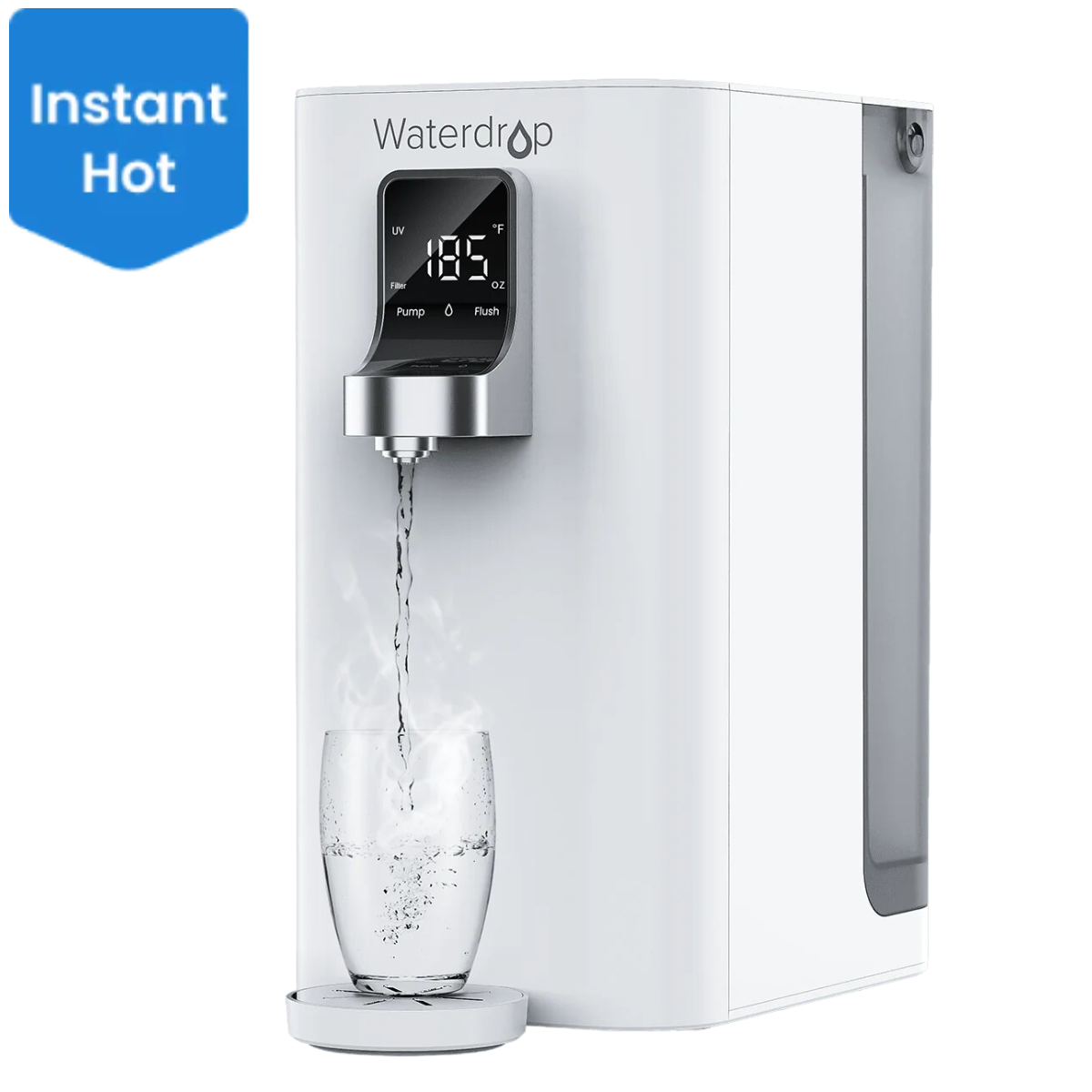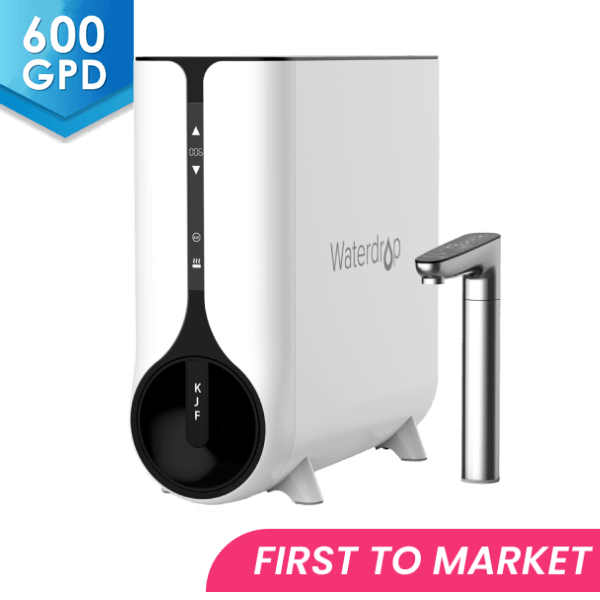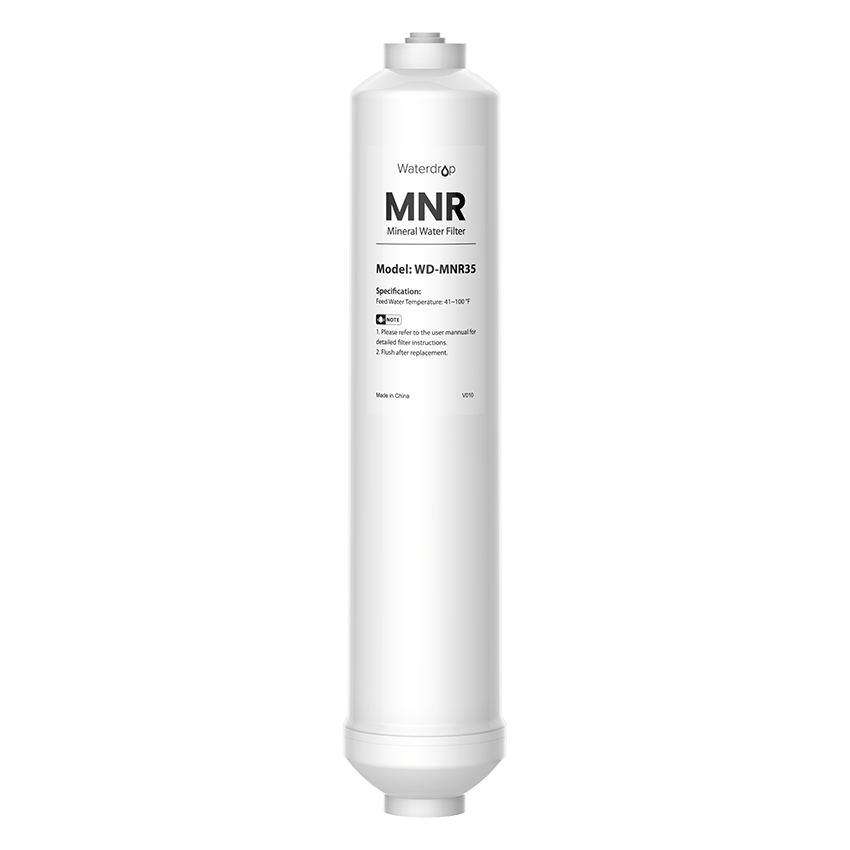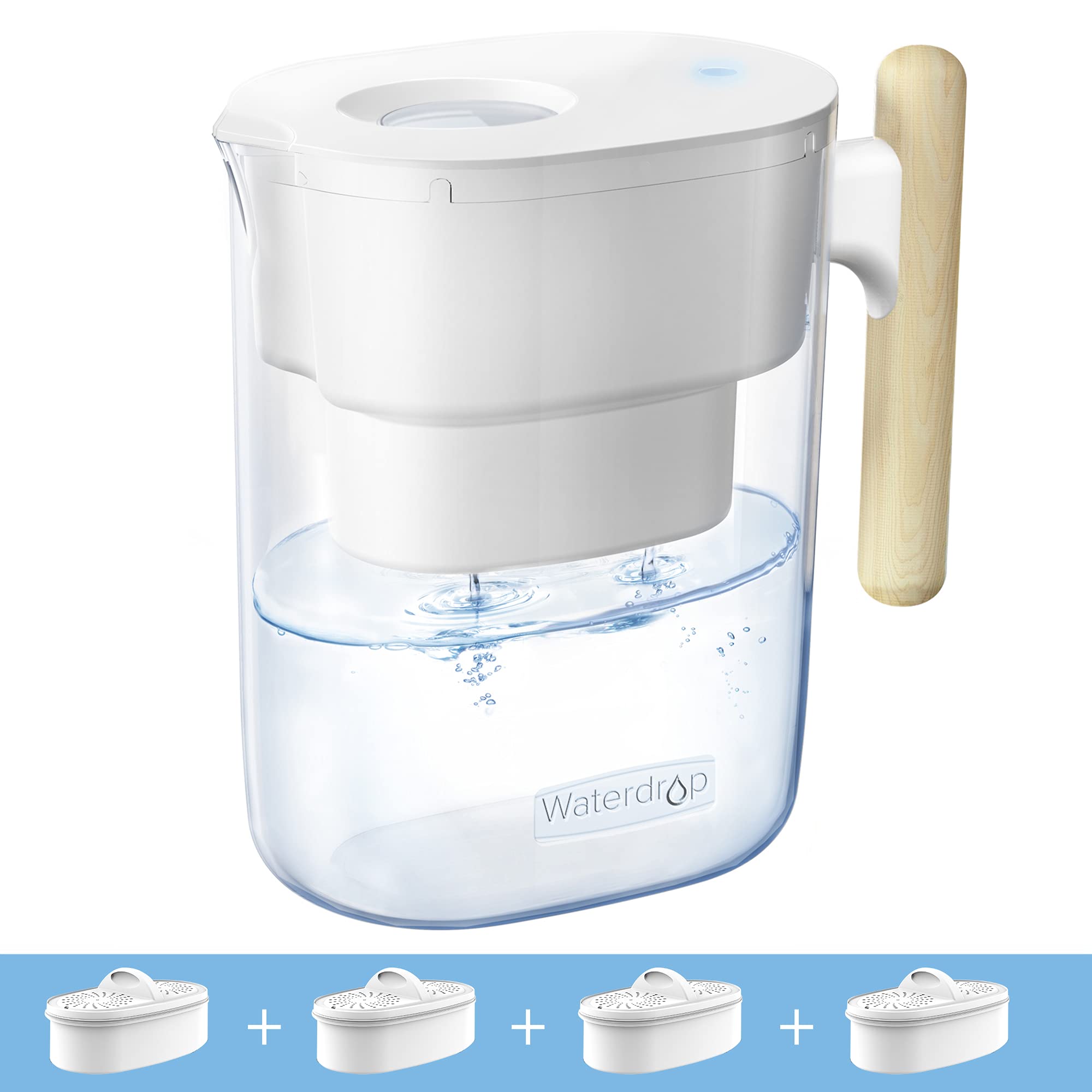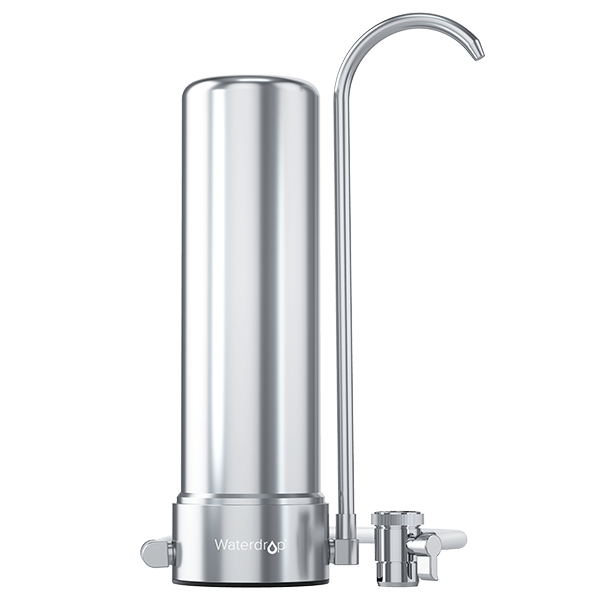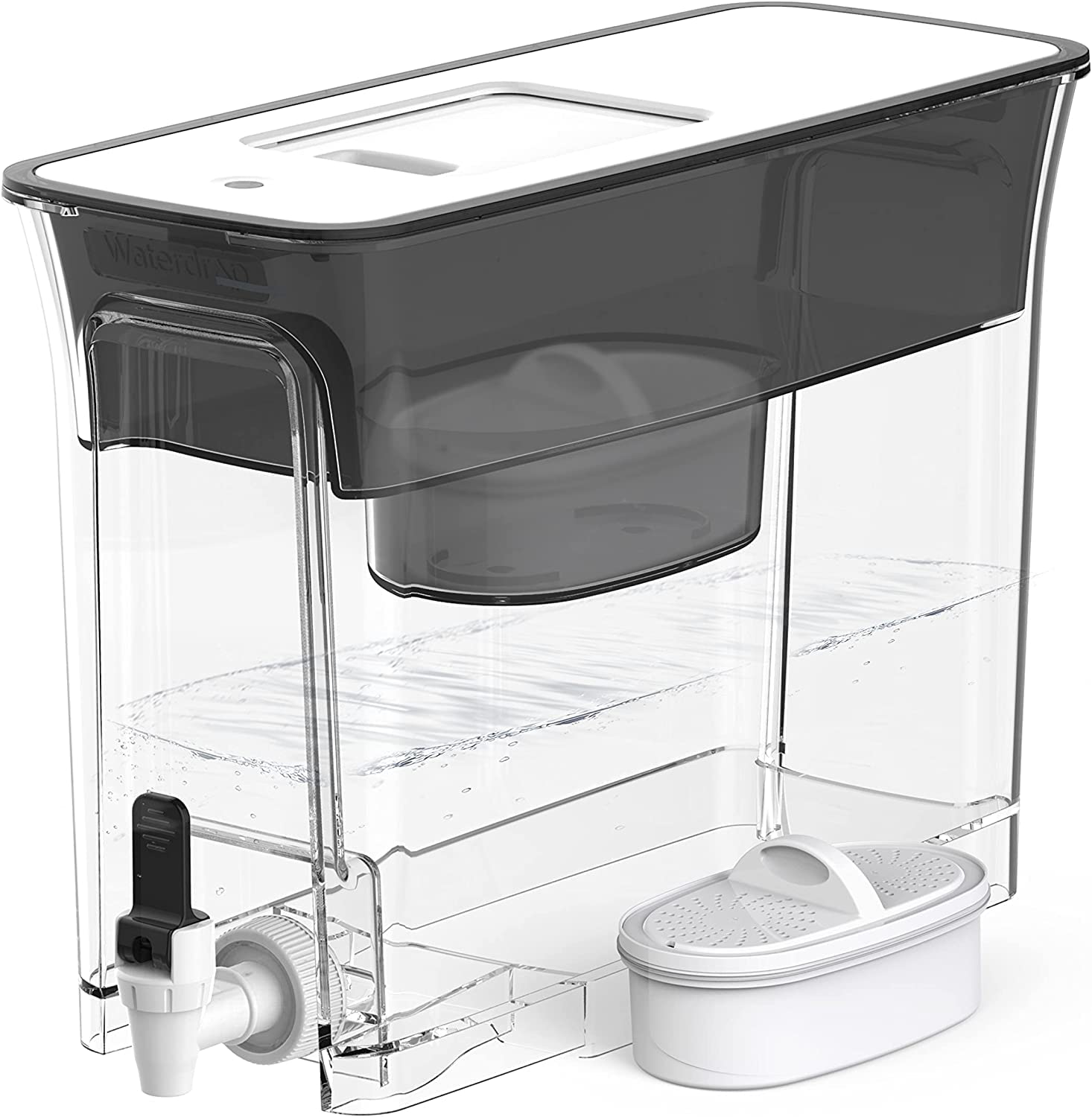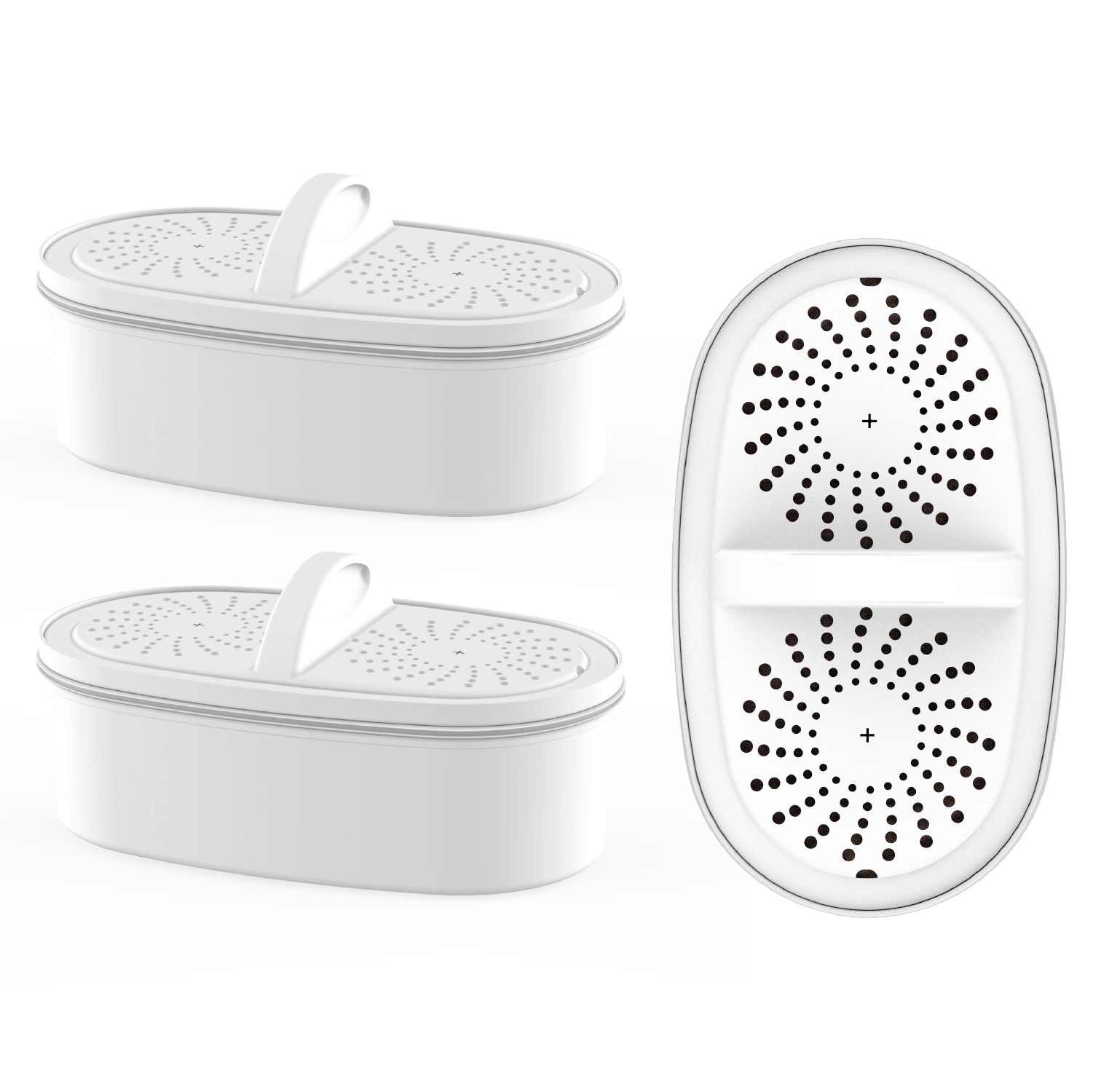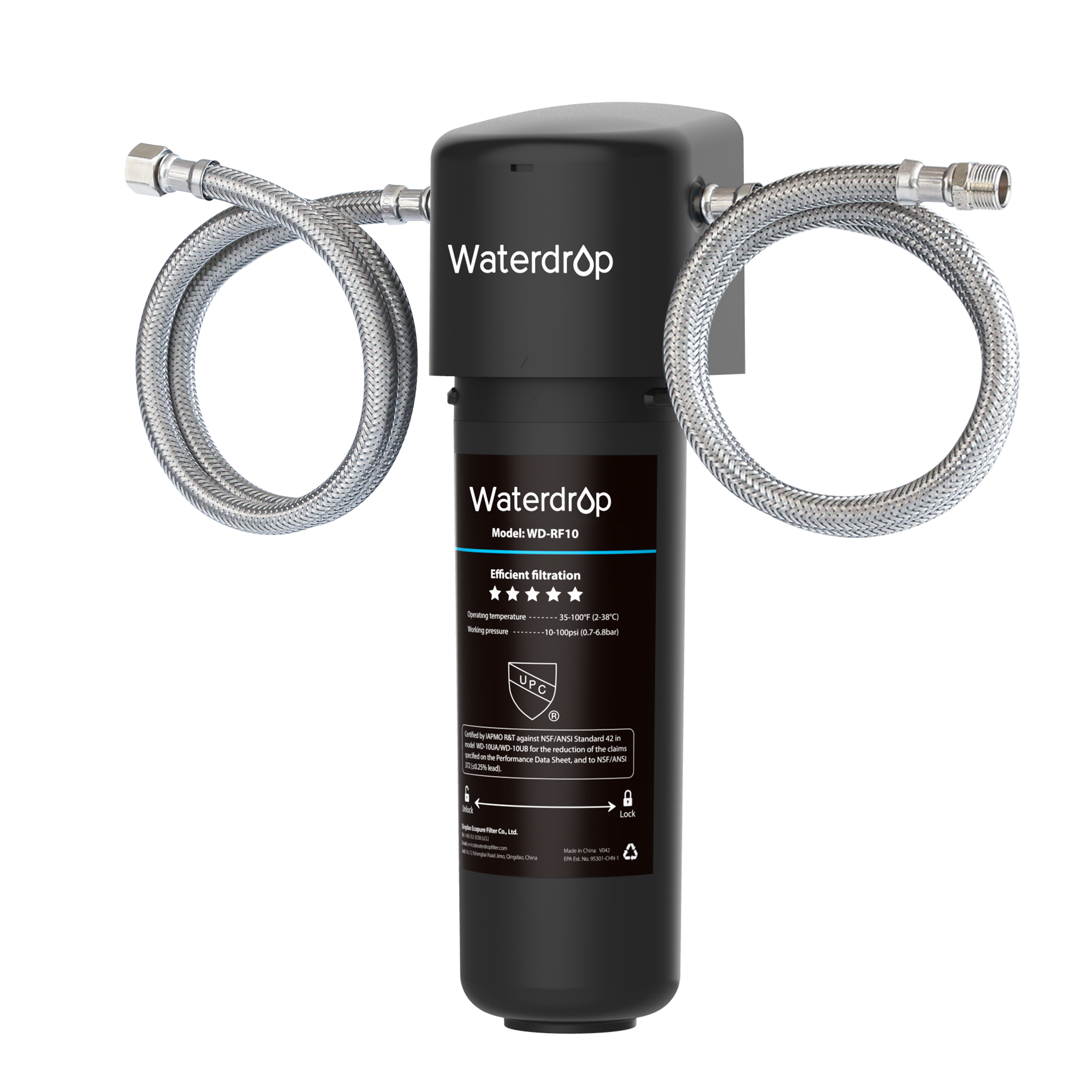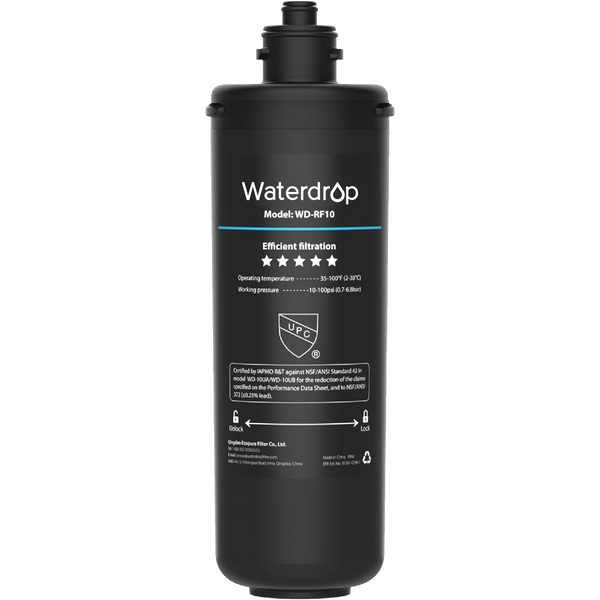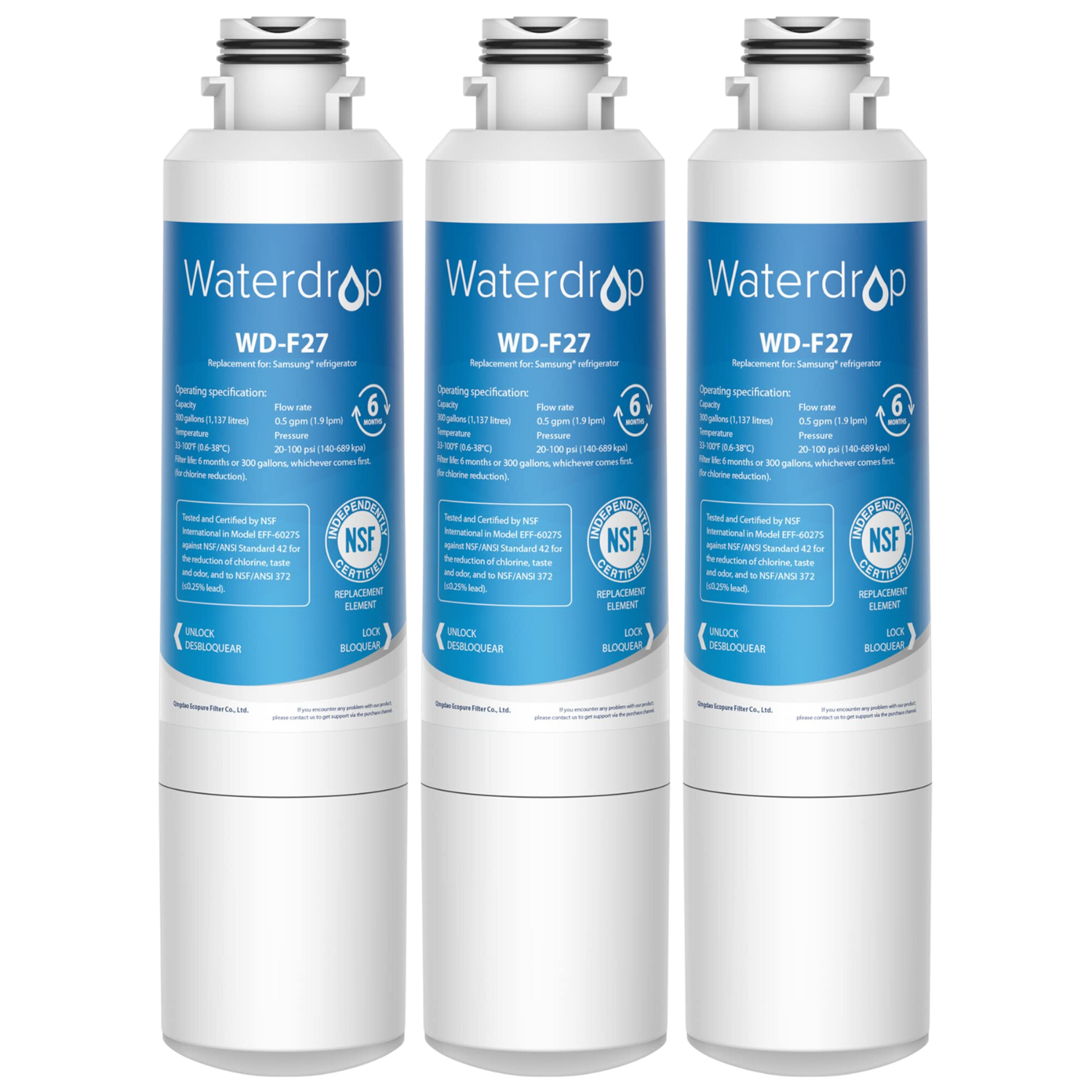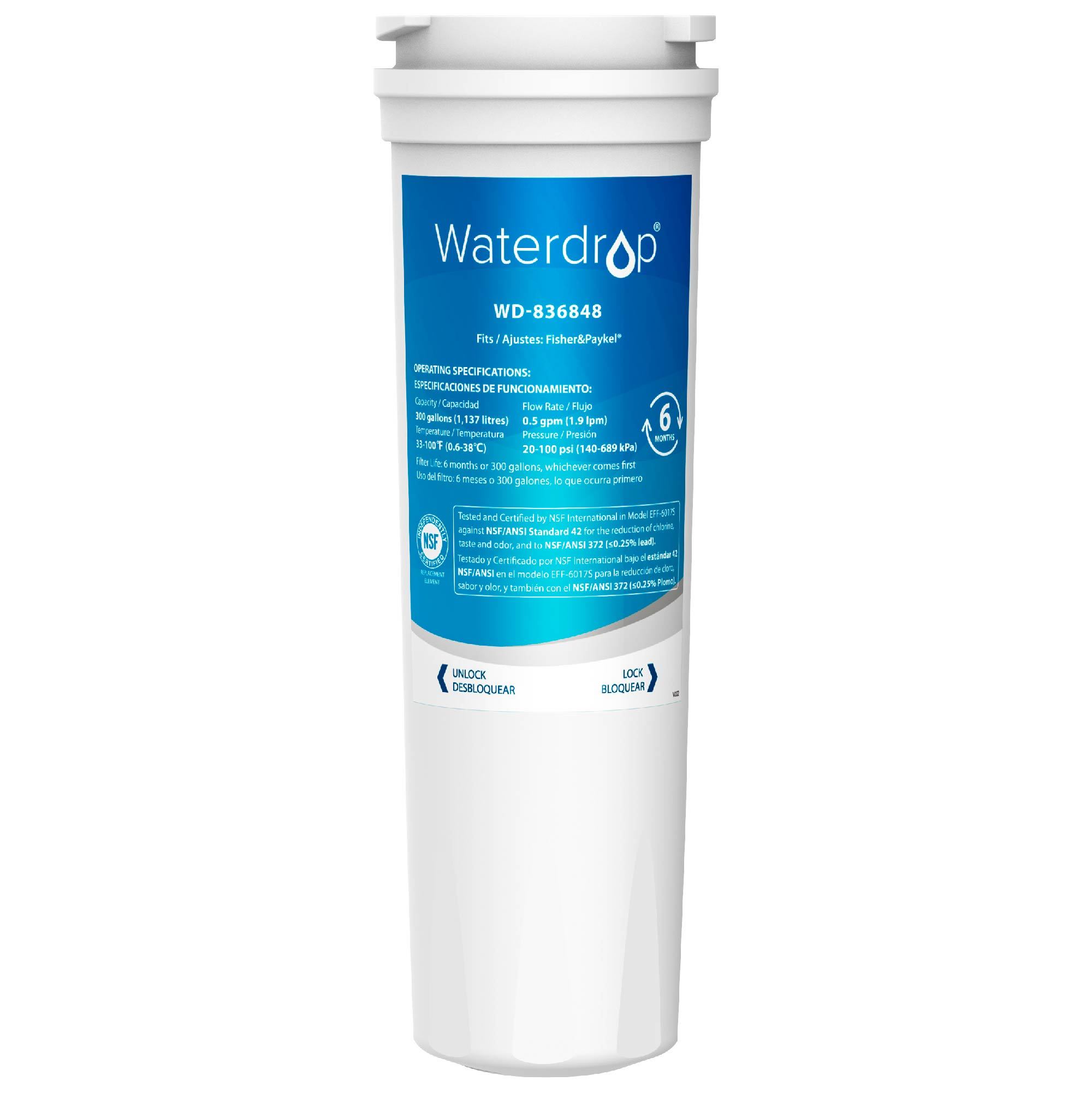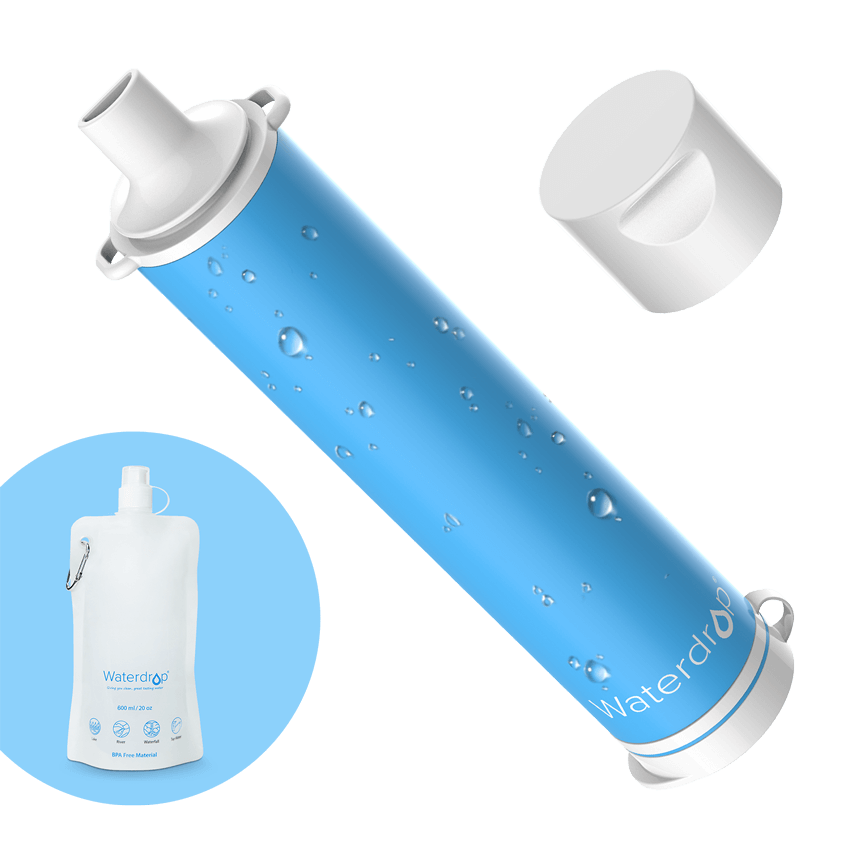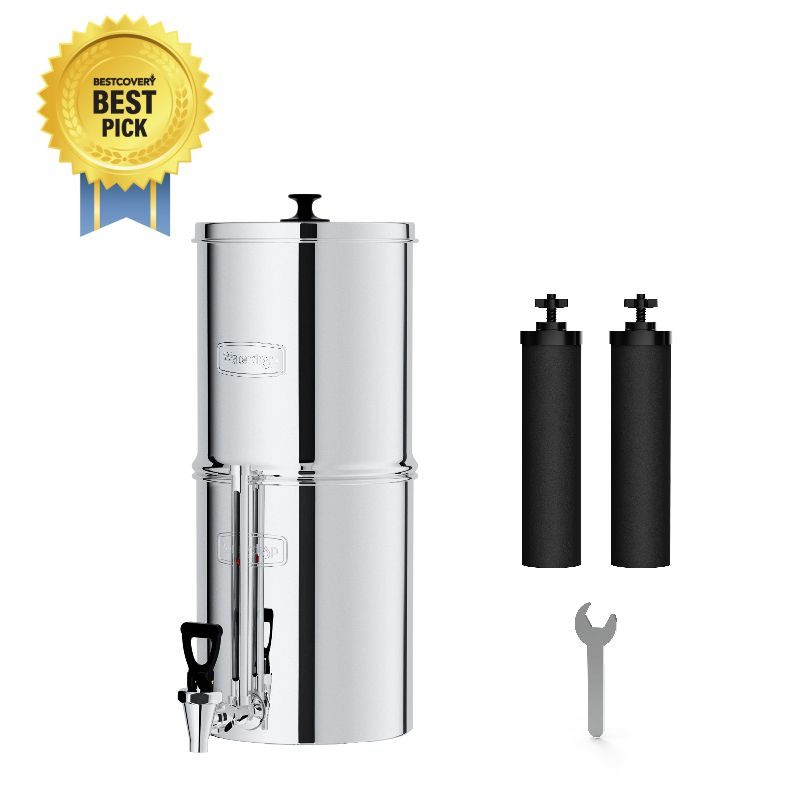What is Ozone Water Treatment
by Dr. Jonathan Doyle - Updated January 29, 2022
The safety of drinking water has received more attention than ever, water purification, therefore, has become an important factor for people to improve their quality of life. In the water purification industry, there are also places where ozone plays a role.
What is ozone water treatment?
Ozone is also known as trioxygen and its chemical formula is with O3. It consists of three oxygen atoms.
When dissolve in water, Ozone is an oxidant with extremely superior performance. It can oxidatively decompose the difficult-to-degrade organic matter in the water body, and cooperate with other processes to achieve advanced treatment of wastewater. This process is known as direct oxidation, which is slow and has certain limitations where ozone molecules can only interact with organic pollutants or metal ions containing unsaturated bonds in water.
Another way is indirect oxidation. The partial decomposition of ozone produces hydroxyl radicals and the interaction of organic matter in water. The indirect oxidation reaction is quite fast, non-selective, and can react with a variety of pollutants.
How does ozone water treatment work?
Ozone is not stable under normal atmospheric conditions, which means in commercial applications, ozone must be on-site using an ozone generator. The lifetime of ozone in water depends on various factors, including water temperature, ozone concentration, and the composition of the water itself.
The ozone generator is the process of converting oxygen into ozone by using high voltage discharge. The high-voltage alternating current is applied to the high-voltage electrode with an insulator and a certain gap in the middle, therefore, the dried and purified air or oxygen can pass through.
In most commercial applications, ozone is produced by passing an oxygen-containing gas through an electric field formed between two electrodes. When the oxygen molecules in the gas interact with the electric field, the oxygen molecules are dissociated and recombined, forming ozone. This process is the so-called corona discharge ozone generation method.
What do ozone water treatment systems remove from water?
Ozone is one of the strongest disinfectants used in water treatment. Water that goes through ozone water treatment is free of viruses, parasites, bacteria, and fungi. All these impurities are removed when the ozonation process takes place.
Ozone also inactivates yeast and parasites. It is one of the strongest oxidants on the market, which is 50% more efficient than chlorine in terms of disinfection, making it one of the most powerful solutions to municipal, industrial and commercial water treatments.
What are the benefits of ozone water
Simple treatment process
Ozone water treatment requires no additional chemicals to be added to the water during treatment. The treatment removes many impurities from the water as well as odor and taste. Compared to chlorine, ozonation is considered to be more effective than chlorination regardless of the pH level of the water.
Strengthen body systems
From a health perspective, ozone water can: boost your immune system, reduce the amount of acute inflammation you suffer, clear viruses immediately upon contact, break down synthetic chemicals, purify the blood of harmful cells, potentially reduce cancer cells while slowing tumor growth, and send more oxygen to facilitate brain function.
If you have suffered from rheumatoid arthritis or inflammatory bowel disease, ozone water offers a reduction in inflammation that can help you cope with these conditions. Because ozone water kills viruses immediately upon exposure, it can help you avoid catching viruses such as the flu or even coronavirus.
What are the disadvantages of ozone water
Though ozone is powerful in sterilization and disinfection, water ozonation also has a number of limitations that you should take into account.
High cost
Ozonation is relatively expensive to operate. The Ozonation equipment is costly and requires ongoing maintenance.
Skillful technique
Ozone is not as soluble as chlorine, which means special mixing techniques are required so that ozone gas can be dissolved properly. The ozonation does not leave residual disinfecting elements, so there would be chances for the regeneration of bacteria or viruses.
High risk
Ozone is a toxic gas, meaning that ozone production can cause fire hazards and toxicity problems. The system may require prior treatment to reduce some of the hardness in the water, which helps prevent the formation of carbonate scale. The by-products of ozonation are still under scientific research for their potential carcinogenicity.
What is the best water filter for home
Now we’ve learned the pros and cons of ozone water treatment, you may have a question regarding an ideal water purification method for home use. If you would like some hassle-free ways, we recommend using water filtration systems like reverse osmosis and ultrafiltration to easily access safe drinking water.
Reverse Osmosis
Reverse osmosis technology follows an underlying principle – there is a separation of water and other substances in a solution when the solution is forced through a semi-permeable membrane by a pressure higher than the osmotic pressure of the solution. Separation occurs because the molecules of these foreign substances are too big to pass through the pores of the reverse osmosis membrane. The size of these pores is about 0.0001 microns; therefore, the membrane effectively separates organic matter, microorganisms, colloids, and dissolved salts from water molecules.
Waterdrop G2MNR Remineralization Reverse Osmosis Water Filter
The Waterdrop G2 undersink reverse osmosis mineralization system is designed to reduce most impurities in water effectively. It is equipped with an external RO remineralization filter, which re-adds useful minerals to the filtered water. The RO system separates harmful substances from the water molecules and adds the beneficial trace minerals the body needs to function effectively. Overall, it delivers safe and healthy drinking water.
Ultrafiltration
Ultrafiltration (UF) technology is somewhere in-between microfiltration and nanofiltration. It is a special membrane separation technology that can purify, separate, and concentrate solutions, thanks to the membrane's 3-100 nm average pore sizes.
Ultrafiltration Under Sink Water Filter System Waterdrop TSU-B
Unlike the GP300, the TSU-B is a better value for its price. You get an ultrafiltration system that can effectively remove various contaminants in water, including sediment, suspended solids, rust, colloids, and bacteria. It also filters off macromolecular organic matter, which is known to be larger than bacteria.
Click here to learn more about your options for improving water quality.


